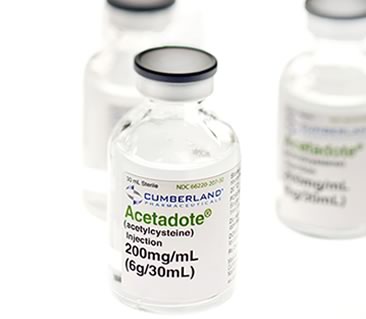
Components:
Treatment option:
Medically reviewed by Fedorchenko Olga Valeryevna, PharmD. Last updated on 26.06.2023

Attention! Information on this page is intended only for medical professionals! Information is collected in open sources and may contain significant errors! Be careful and double-check all the information on this page!
Pharmacotherapeutic group
- R52.1 – Chronic intractable pain
- R52.2 – Other chronic pain
- R52.9 – Unspecified pain
Incompatibilities
- R52.1 – Chronic intractable pain
- R52.2 – Other chronic pain
- R52.9 – Unspecified pain
Date of revision of the text
June 2013




